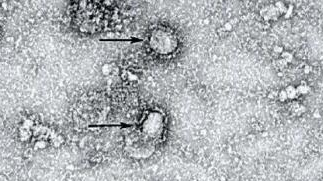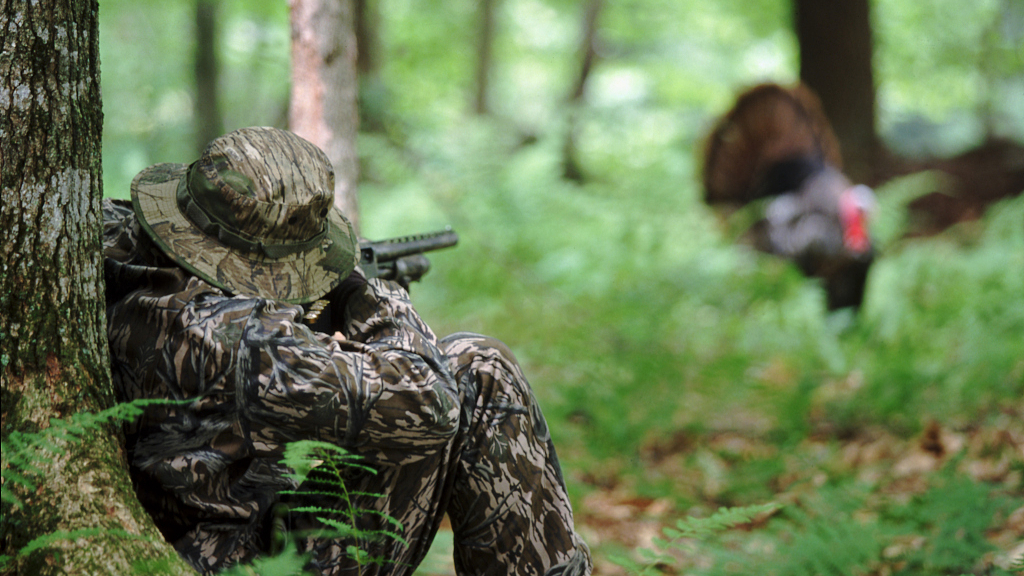Ever since the outbreak of the deadly new coronavirus in Wuhan City, central China's Hubei Province, in January, one animal after another have been put under the human spotlight.

New coronavirus under the microscope /Photo via China's Center for Disease Control
New coronavirus under the microscope /Photo via China's Center for Disease Control
Bats, the origin of the last deadly coronavirus epidemic 17 years ago, were quickly identified as the potential host or the natural reservoir of the virus.
As new studies came into sight one after another, the target has been shifted from snakes, minks, and now pangolins as the latest study pointed to the scaly-skinned mammal as the intermediate host.
From a scientific point of view, more and more studies are expected to push us closer to solving the myth of the new strain of virus.
But if history is any indication, that might not be a good thing for animals.
Let's turn the clock back to 2003 when a Severe Acute Respiratory Syndrome (SARS) outbreak caused over 8,000 cases and over 700 deaths worldwide.
After being identified as the intermediate host of the virus, civet cats were quickly slaughtered or starved to death. Trade of civet cats continued after that epidemic and online searches for civet cats and civet cat breeding were still on the rise even before this year's virus outbreak on Baidu, China's search engine giant.
The same thing happened after the bird flu in 2013 as a large number of people continued to search for "how to cook pheasants" on Baidu.
Did these deadly diseases stop the consumption of these animals after the epidemic is over? Not necessarily.
So will the discovery of the natural host(s) or the intermediate host(s) prevent the next epidemic that starts from virus carried by wild animals? The answer is probably no, too.
And what have these animals done?
Pangolins are already believed to be the most trafficked mammal in the world for their scales and meat, and all eight species are threatened with extinction. Bats, snakes and minks are also consumed by the omnivorous human beings.

A man hunting wild animals in the wild. /VCG Photo
A man hunting wild animals in the wild. /VCG Photo
It's time to rethink the relationship between humans and nature.
Humans invade their territories, cut down trees, kill or cage these animals and then put them on markets. By disrupting the ecosystems, we unleash the viruses they carry.
In the past half a century alone, there has already been a list of zoonotic diseases that spread from animals to humans: Ebola, Hendra, Nipah, MERS, and SARS. And that's just a selection.
Experts say that the engine of a complete chain of wildlife poaching, transporting, trading and consuming is demand, and that demand is driven by some people's belief that they have nutrition or medicinal properties, or the desire to show off.
Education on why people should live in harmony with nature and what the consequences are, can be a way to change the decisions people are making. And the chain could break without the engine, which means human's contact with wild animals will probably drop significantly together with the chances of transmission of viruses from animals to humans.
So, identifying the animal that brings certain viruses to humans probably won't help people prevent another virus outbreak, but rethinking the relationship between humans and nature might.
For more:
Behind the coronavirus hosts: Don't let your fear hurt animals
Top virus-carrying wild animals that might appear on menus
Graphics: How are wild animals linked to an epidemic?
(If you want to contribute and have specific expertise, please contact us at nature@cgtn.com.)